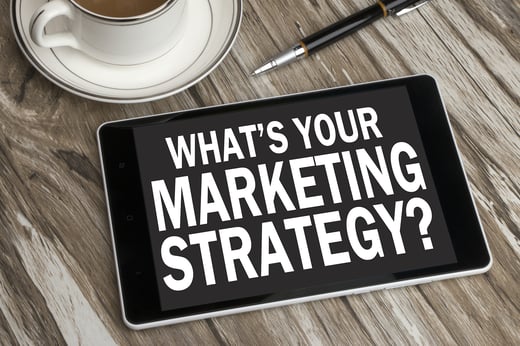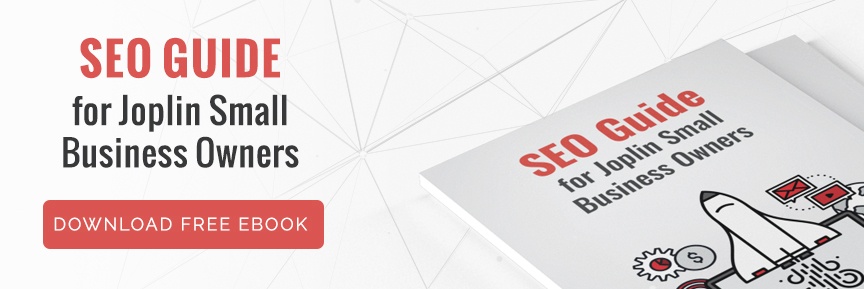 In today's world, it seems everyone is glued to the latest technology for everything. Many businesses think because our heads are stuck in computers and smartphones, we would react to marketing in the digital form. This might not be true. If you don't have a nice balance between digital and radio marketing, you could be losing potential customers.
In today's world, it seems everyone is glued to the latest technology for everything. Many businesses think because our heads are stuck in computers and smartphones, we would react to marketing in the digital form. This might not be true. If you don't have a nice balance between digital and radio marketing, you could be losing potential customers.
What's The Difference?
Traditional marketing is everything that happens "old school." It's all about direct mail, radio, telemarketing, and fliers. The digital type is done on the internet through SEO, keywords, SEM, content marketing, PPC, social media marketing, and websites.
The Importance of Balance
Digital is the way to go for many people, but these types of ads won't reach your entire audience. If you want to grow your business, you have to have a nice balance. This gives customers the trust they need to purchase from you. You get loyal customers, too. Digital advertising is more about getting attention from a certain audience. You're using social media to convert them into your customers. Traditional advertising means you're sending your product message to a random group of people. You don't know if you're hitting your target customer. It's tough to ignore a marketing message that arrives in your mail because you're actually holding it in your hand reading it.
The Stats
It's easy to discount the traditional ways as technology takes over, however, over 90% of business marketers are still using direct mail as a way to advertise. Many believe this is because the traditional style can reach customers in ways that digital marketing cannot. Procter & Gamble Co. is a huge company that took a chance by slashing its digital advertising by more than $200 million. They found they had been spending in a wasteful way by concentrating on digital-only. The company also found that the average time a person viewed a mobile ad on their news feed via social media was only 1.7 seconds. This might not be enough to make a big impact.
The Slash
Marc Pritchard, P&G’s chief brand officer, was one of the first among the big hitters to tell tech companies to clean up or get out. He wanted the companies to fix the random, wild digital ad fraud. He wanted safeguards implements to prevent ads from showing up on controversial content. He lead the company to then suspend advertising on some huge forums. One was with Google’s YouTube because ads appeared alongside controversial videos. A few years ago, P&G was running ads on 712 websites, including BuzzFeed and Reuters. It reduced down to 560 at that time. Another big company, Unilever also ran ads on 268 of these same sites. It reduced down to 155 of these sites. Todd Krizelman, CEO & Co-Founder of MediaRadar, said advertisers wanted more transparency. They couldn't get that as much from social media sites.
The Power of Technology
Digital advertising is going to reach millions of people. With an SEO strategy and an optimized website, businesses are better able to target their potential customers. They are also able to collect and analyze data of these customers. The statistics are easier to monitor. Social media marketing is a way to reach almost everyone. People see targeted ads as they scroll, then they click on these ads to find the best deals. The ads are made "just for them" because the technology knows your search history and/or knows your demographic. It's not foolproof, but it works many times.
The Power Of Radio
Radio doesn't seem to be going anywhere. Many people get in their car and instantly switch on the radio. Nielsen’s ‘State of the Media’ report on audio states that 93% of Americans tune into their radio each week than they tune into their television, scroll on their phones or turn on their computers. To some people's surprise, some of the most popular radio formats are actually news and talk radio. This means advertisements are still being heard on the radio. Even when there are multiple streaming services out there, people are listening to the radio in Joplin MO.
The Power Of TV
One television ad can reach a mass audience in live sports programming. The commercials that run during the Superbowl are famous for their large payment as well as their large payoff. People love to watch TV. Yes, many watch it on DVR or a streaming service where they can easily fast forward, but many also watch it in real-time. Studies show that 60 percent of customers make a purchase after watching a TV commercial. This is about 40 percent for those scrolling on social media.
The Superpower Of Balance between Digital and Traditional Marketing
Your business needs both traditional marketing and digital marketing. But the message needs to be the same on all brand channels there needs to be a cohesive glue between your approach. Radio and TV help with creating brand awareness from the top of the funnel to the action stage at the bottom of the funnel. Digital can focus from the middle of the funnel to the action stage. Radio drives search and a recent survey shows when listeners hear an ad they start searching for the business. Make sure your marketing has a blended approach.
How To Approach The Balance at The Bottom of The Funnel
One of the main things to take away from this balance is that you have to choose the right candidates to market in order to target potential customers. Don't group people by a generation or an income. This is simply outdated. It's best not to judge anyone by their cover. Some still use some saturation techniques like zip codes. Go for data-driven targeting for those in the action phase of the buying funnel. This narrows down who sees your product and shows where you stand out.
Zimmer Marketing is a full service marketing company that can help you balance both of these worlds. From social media management and SEM campaigns to direct mail services and radio jingles, we can do it all. We'll help you every step of the way as you find potential customers. Contact Zimmer Marketing today for a marketing assessment.

